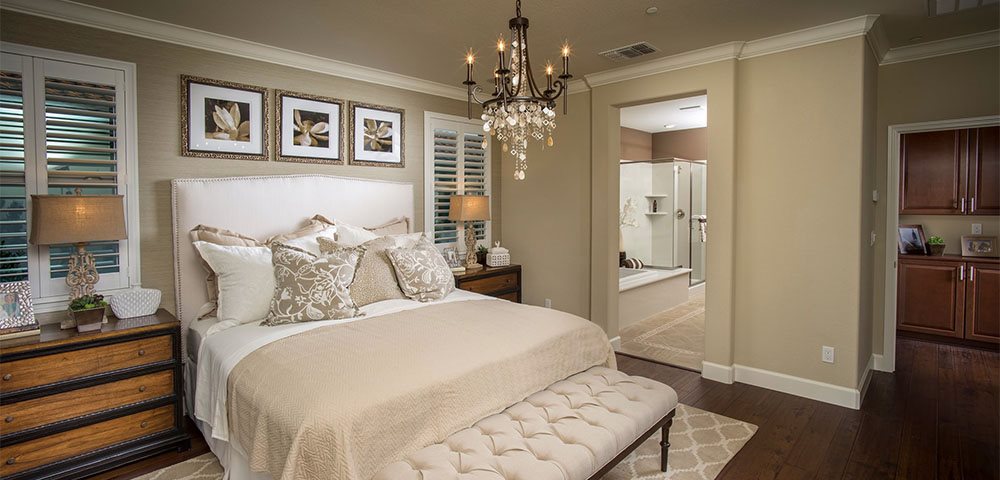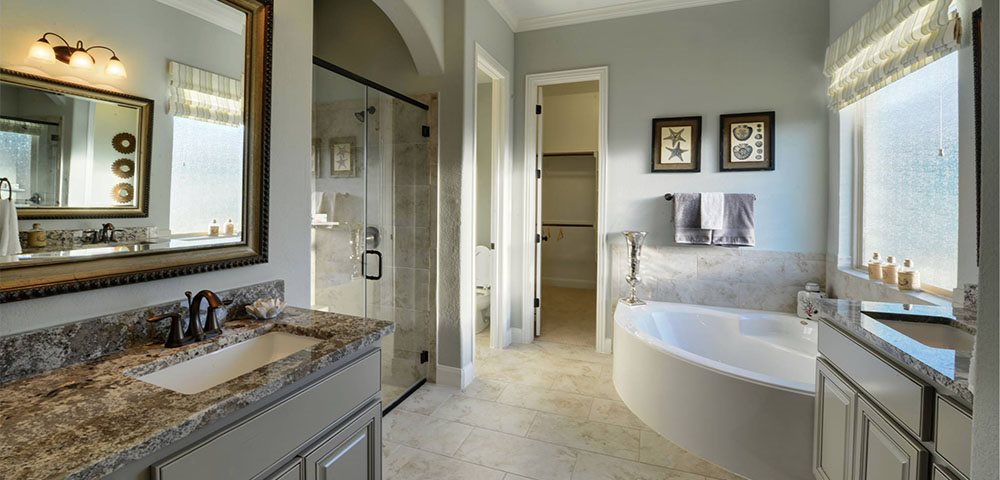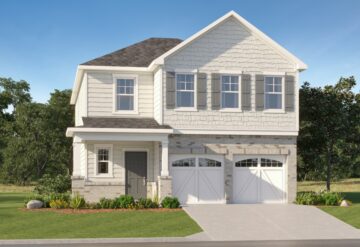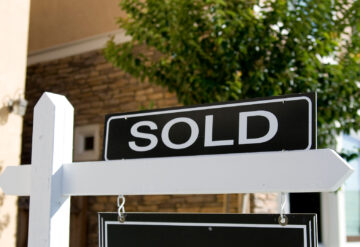Buying green equals buying smart
With some of the finest green features available on the market today, more and more home shoppers are choosing new homes with green features already included. This article from NewHomeSource.com explains why going green is a smart choice for new home owners.
The answer is simple: Up to 30 percent cost savings on utility and water bills — as well as greater comfort year round and higher indoor air quality for your family.
In a recent survey conducted by the National Association of Home Builders (NAHB), builders reported that more and more consumers are seeking greener new homes. In addition to lower energy costs, home shoppers are increasingly asking builders for features that provide higher indoor air quality and a draft-free, comfortable climate inside their home year round.
Looking to the future, 68 percent of builders surveyed by NAHB said that the new homes they expect to build in 2015 will include even more green features and technology, based on increasing home buyer demand.
From 2012 to 2015, builders predict consumer demand will continue to increase for green features that include:
• High performance, multi-paned windows with low-E (low energy conducting) glass;
• And windows with an insulating layer of inert gases between panes of glass;
• Engineered wood beams, joists and trusses;
• More efficient heating, ventilation and cooling (HVAC) systems; and
• Increased demand for water-saving features such as dual-flush toilets and low-flow faucets.
According to The Environmental Protection Agency (EPA), which oversees the Energy Star program, more than 1 million Energy Star Certified homes have been built by 8,500 participating builders since the program was launched.
Last year, the EPA estimates that owners of Energy Star Certified new homes saved a collective $270 million in energy costs and reduced greenhouse gases by an amount produced by 370,000 vehicles.
 High performance windows
High performance windows
 High efficiency heating and cooling systems
High efficiency heating and cooling systems
 Energy efficient kitchen appliances
Energy efficient kitchen appliances
 Water saving features
Water saving features
What does that translate to for owners of Energy Star homes? The EPA says homeowners in hot and humid climates can expect to save $700 per year in utility costs.
Even if you only plan to live in your home for five years, such savings add up quickly. Over time, your savings on maintenance and energy can mean thousands of dollars you retain.
Come time to sell, a newer, more energy-efficient home is typically worth more than an older home that lacks such energy-saving features. Cost savings while you own your new home plus probable higher value at resale are an unbeatable combination. Given that value proposition, let’s take a look at what it takes for a new home to earn Energy Star certification:
6 Musts for an Energy Star Certified New Home
1. High-Performance Insulation and Air Sealants.
2. High-Performance Windows.
3. Tightly-Sealed Ductwork and Tight Construction Standards.
4. High Efficiency Heating and Cooling Systems.
5. Energy Efficient Kitchen Appliances, Lighting and Water Heaters.
6. Expert, Independent Verification by Home Energy Raters.
Building science and technologies have made huge strides in recent years. According to the U.S. Department of Energy, a typical new home built today is 30 percent more energy efficient than a home built just 5 years ago — and no comparison to homes that are 10, 15 or 20 years old or more.
Today’s new homes are more energy efficient and less expensive to operate. They also provide better indoor air quality and year-round, draft-free comfort. With better HVAC, problems common in older homes (such as moisture condensation on windows, peeling paint or even mold) have been greatly reduced or eliminated.
Higher indoor air quality also means less dust and pollen that can trigger allergy and breathing problems, especially in children. If saving thosands of dollars in costs over the life of your new home isn’t sufficient incentive, you can feel comfortable knowing that you and your family will breathe easier in a new home as well.
Article by Jay McKenzie, originally appeared on NewHomeSource.com.
Learn more:
Energy efficient Lennar homes
What makes a new home a healthier home?
The benefits of solar



